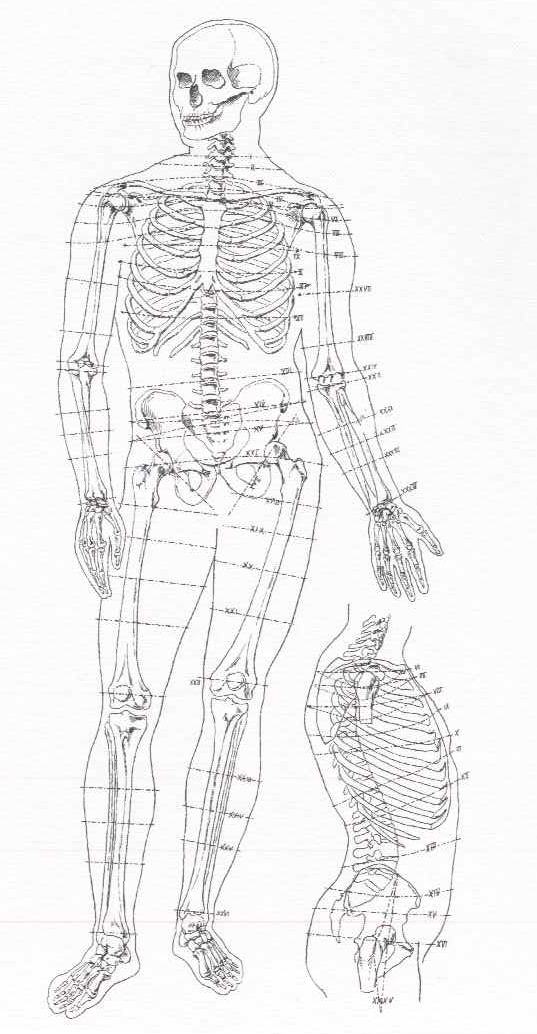Camillo Sitte: Optically Constructed Space and Artistic City Building
Heleni Porfyriou

Camillo Sitte, “Topographische Anatomie”, ca. 1900-1902
Abstract
Even though there is no explicit reference to the human body in the writings of Camillo Sitte, he implicitly refers to what in the context of this volume is called the "physiological body". Experimentally examined and defined within the human sciences of the 19th century, the physiological body also forms the basis of other art historians and architectural theoreticians of the late 19th century like August Schmarsow, Heinrich Wölfflin, Alois Riegl, or Theodor Lipps. In this context the "bodily experience" that underpins Sitte's theory of modern town planning is investigated as an aesthetic analysis based on purely visual terms. The description of city building according to artistic principles undertaken by Sitte in his famous book Der Städtebau is formulated, in fact, on the basis of the effect that urban space has on the observer. The aim of the paper is to take a step forward in an attempt to place Sitte’s contribution within the founding movement, in modernity, of a science of art based on the functioning of the human body. Thus, allowing for a broader understanding of art and science, in the 19th century, as part of a single interlocking field of knowledge and practice. Labelling Sitte as “romantic”, by 20th century historiography, stressed the separation between art and science, while making us miss the point that the principles of artistic city building he introduced were based on an optically constructed space, founded on the functioning of the body that he investigated in physical, psychological and anatomical terms.
Porfyriou, H. “Camillo Sitte. Optically constructed space and artistic city building.” In Images of the Body in Architecture. Anthropology and Built Space, edited by J. Cepl and K. Wagner, 166-188. Berlin: Wasmuth, 2014.



